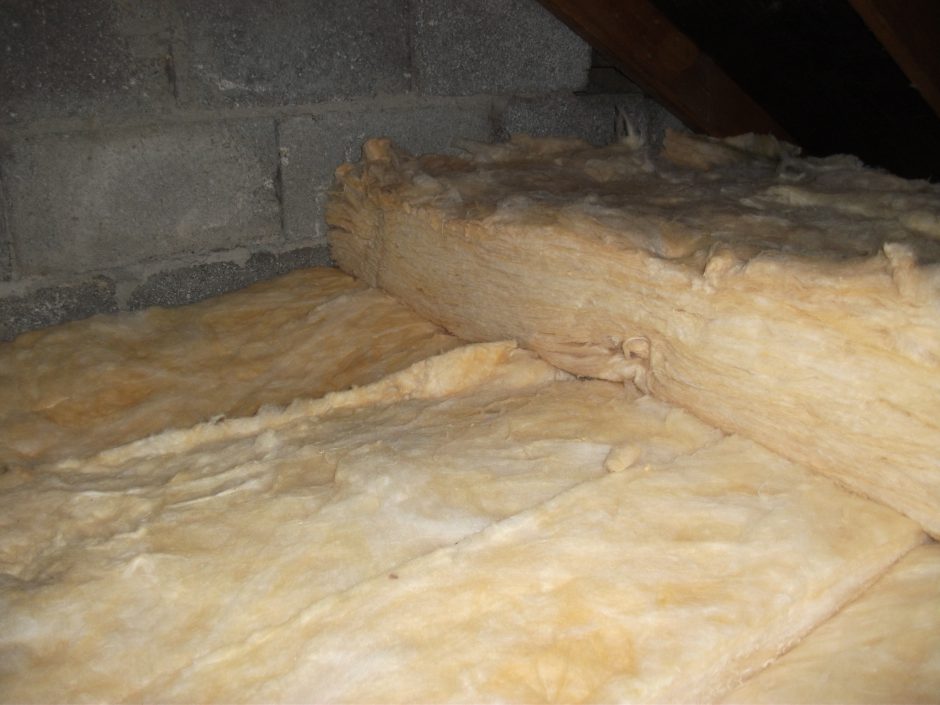Having your external walls insulated internally will definitely help improve the BER rating of your home, and most important reduce your heating bills while increasing the ambient temperature in the house.
The process of installing the insulated plasterboards on the external walls is simple enough, but unfortunately it will create a bit of disturbance within the rooms that needs to have the walls insulated. In the case where the walls already have plasterboards added while they were built, as compared to bare block/concrete walls, the plasterboards needs to be stripped. We than can inspect the services running along the walls, radiator pipes, electrical cables, and thus giving us the knowledge of what we have and this will help in avoiding causing harm to you first fix plumbing and electrical fittings. Since we are at the stage where the walls are exposed, the homeowner has the option of adjusting the existing services by running new ones or relocate the existing ones.
We will remove all wall fittings, including window blinds, skirting, sockets, radiators, and reinstall these once the new insulated plasterboards are plastered.
As part of this process, the window reveals and window boards needs to be removed also. In many cases we had to insulate the gap between the window frame and block wall, as this was not dealt with at the time the windows were installed. As a consequence, moisture and condensation appear on the window reveals, eventually creating mould issues.
Under SEAI guidelines, the recommended insulated plasterboard is 92.5mm thick, but the homeowner can advise on the required depth of the insulation board to accommodate various furniture layouts including built in wardrobes, beds, desks, etc.
Once the insulated plasterboards are fitted, the slabs will be plastered. Few days needs to pass before we can return and fit skirting, sockets, blinds, as this will allow the skim to dry. Before paint is applied to the new walls, we recommend letting the skim dry for at least one week, especially in the cold weather, otherwise the paint can peel if the the wall is damp.
